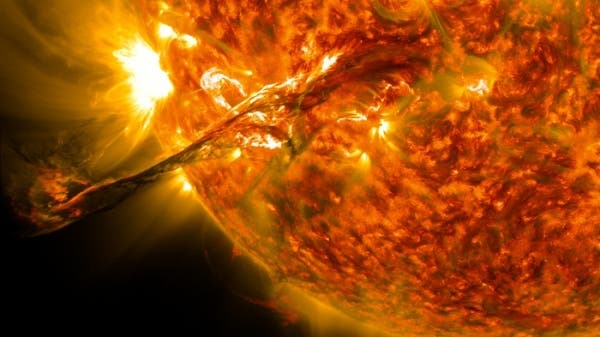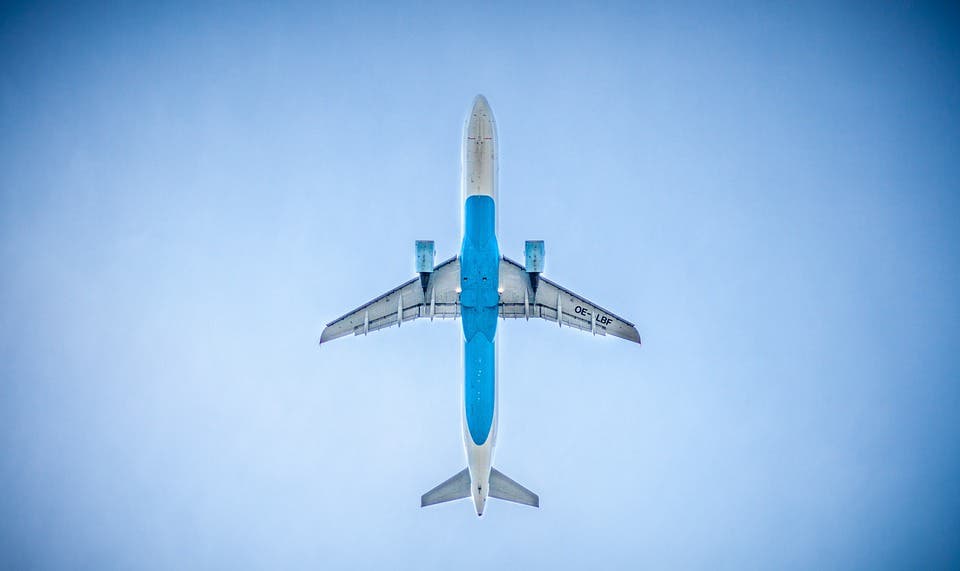
A rather frustrating issue for astronomers and astrophysicists is space turbulence. Like in the air, when for instance an airplane meets unfavorable jets of wind, so too a spacecraft or satellite can be jolted a bit by the high energy of gusty winds in space. What’s aggravating however is that while in the first case turbulence is an undeniable scientific fact, the later could not be confirmed until only recently. Imagine getting whacked in the head by an annoying glove, only the glove is invisible to both eyes, nose or touch. You’re positive it’s there, but can’t prove it. Scientists finally overcame this hurdle after they found a way to measure this hard-to-prove cosmic turbulence.
“Turbulence is not restricted to environments here on Earth, but also arises pervasively throughout the solar system and beyond, driving chaotic motions in the ionized gas, or plasma, that fills the universe,” says lead author Gregory Howes, assistant professor of physics and astronomy at the University of Iowa.
Turbulence in space is believed to have played a role in shaping our universe.
“It is thought to play a key role in heating the atmosphere of the sun, the solar corona, to temperatures of a million degrees Celsius, nearly a thousand times hotter than the surface of the sun,” says lead author of the study Gregory Howes, an assistant professor of physics and astronomy at the University of Iowa.
“Turbulence also regulates the formation of the stars throughout the galaxy, determines the radiation emitted from the super massive black hole at the center of our galaxy and mediates the effects that space weather has on the Earth.”
The main source of these cosmic turbulence are highly charge particle emissions spewed into space by the sun known as coronal mass ejections. Plasma waves can measure millions of degrees in temperature, last for several hours and grow to sized several times that of the Earth. In space, turbulence is caused by Alfven waves, which are moving disturbances of the plasma and magnetic field. Nonlinear interactions between Alfven waves traveling up and down the magnetic field – such as two magnetic waves colliding to create a third wave – are basically the building blocks that lead to cosmic turbulence and Howes along with colleagues have proved this for the first time.
“We have presented the first experimental measurement in a laboratory plasma of the nonlinear interaction between counter-propagating Alfven waves, the fundamental building block of astrophysical turbulence,” Mr. Howes notes.
The study’s findings were published today in the online edition of the journal Physical Review Letters.






